
The Story of Ancient Rome
By Storybird

18 Sep, 2023
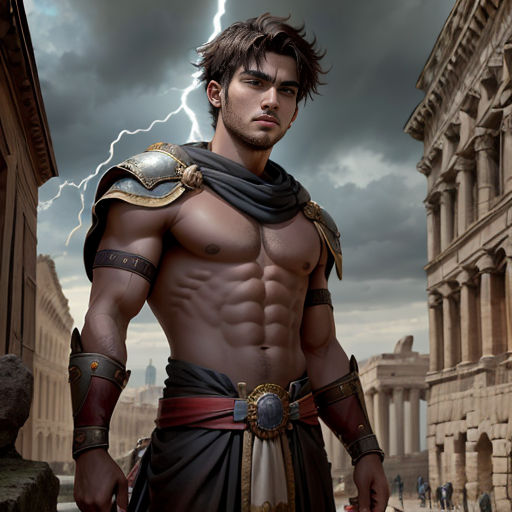
Once upon a time in ancient Rome, the land was ruled by kings. The Romans believed that their first king, Romulus, was the son of a god. Under the monarchy, the Roman city-state was a small kingdom surrounded by enemies. The Romans faced many conflicts and wars with neighboring tribes, such as the Etruscans. They had to defend their city and protect their people.
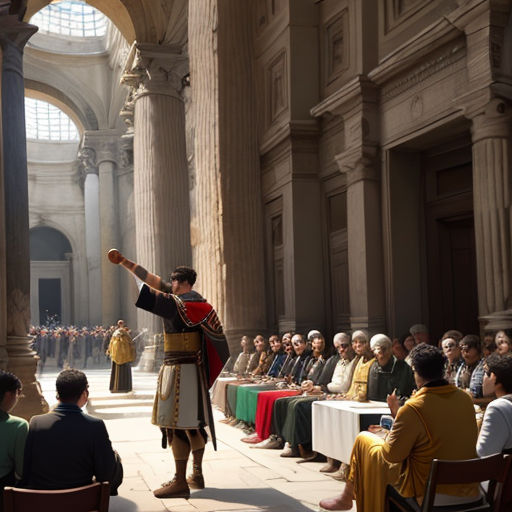
As time went on, the Romans overthrew the monarchy and established a republic. The republic was a form of government where the power was held by the citizens who could vote for their leaders. The Roman Republic was made up of two main social classes: patricians and plebeians. The patricians were wealthy landowners and held most of the political power, while the plebeians were the common people who had fewer rights.
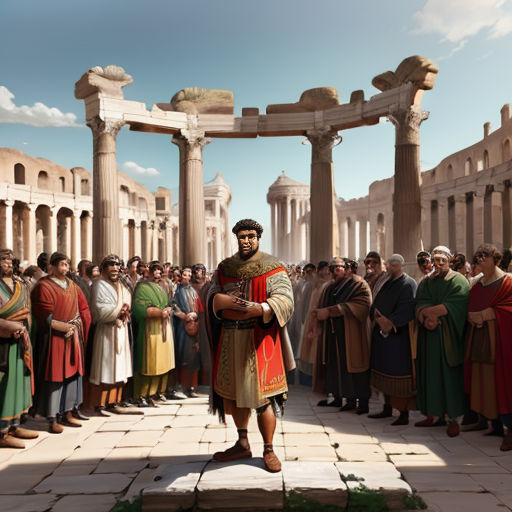
The Roman Republic faced many problems and conflicts. The plebeians wanted more rights and protection from the patricians. This led to a struggle known as the Conflict of the Orders. The plebeians demanded written laws so that they could understand and defend their rights. Over time, they gained more political power and could hold public office. This conflict between the classes shaped the future of Rome.
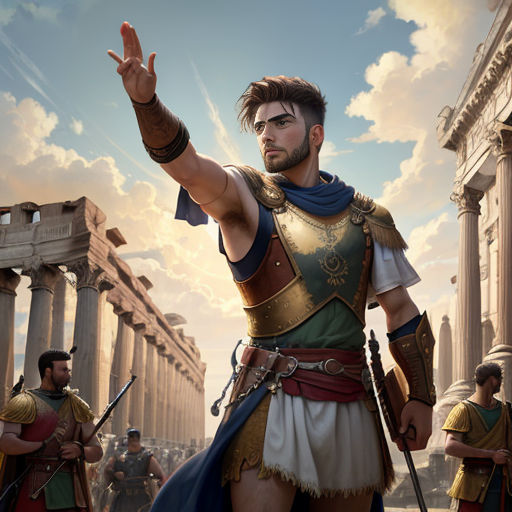
During the Roman Republic, the city of Rome expanded its territory through conquests. The Romans fought in many wars and conquered neighboring lands, such as Greece and Carthage. One of the most famous conflicts was the Punic Wars against Carthage, led by the general Hannibal. The Romans emerged victorious and gained control over the Mediterranean region. Their military victories brought wealth and power to Rome.
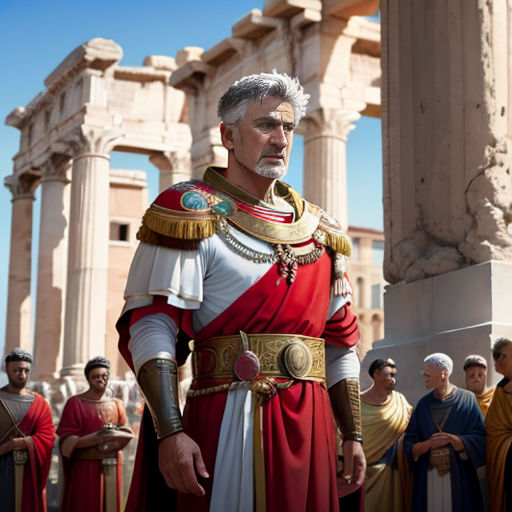
As Rome grew, its political system faced challenges. The republic was governed by two consuls who were elected each year. However, some ambitious generals, like Julius Caesar, wanted more power. Julius Caesar was a military genius who expanded Rome's territory. He eventually became a dictator, ruling with absolute authority. This marked the end of the Roman Republic and the beginning of the Roman Empire.
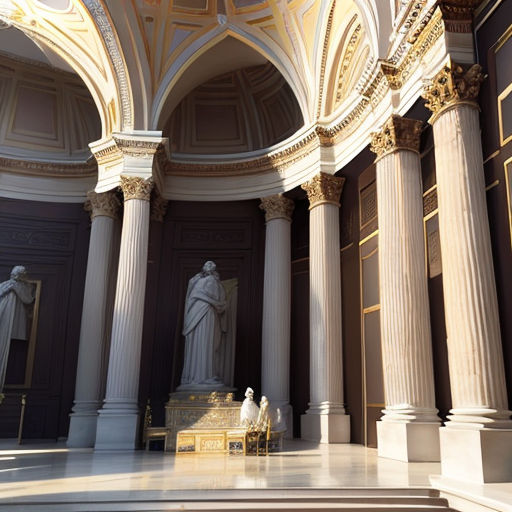
The Roman Empire was characterized by the rule of emperors. Augustus, the adopted son of Julius Caesar, became the first emperor of Rome. Under the empire, Rome reached its peak of power and glory. The empire was organized into provinces, each ruled by a governor appointed by the emperor. However, not all emperors were successful and some faced political instability and assassination attempts.
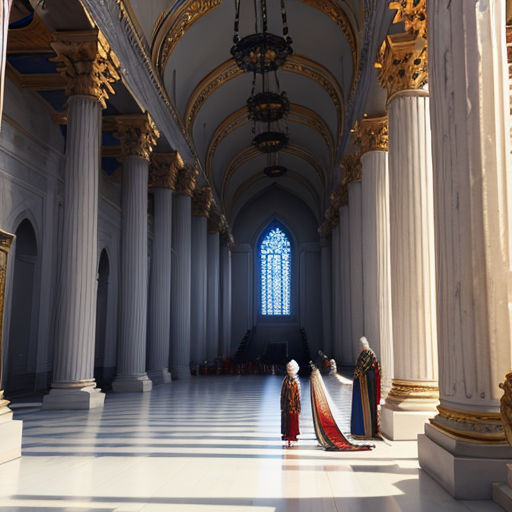
The Roman Empire faced various challenges and conflicts during its existence. One of the major threats came from the Germanic tribes, such as the Visigoths and Vandals, who invaded and sacked Rome. The empire also faced external threats from the Persian Empire in the east. These conflicts weakened the empire and eventually contributed to its downfall.
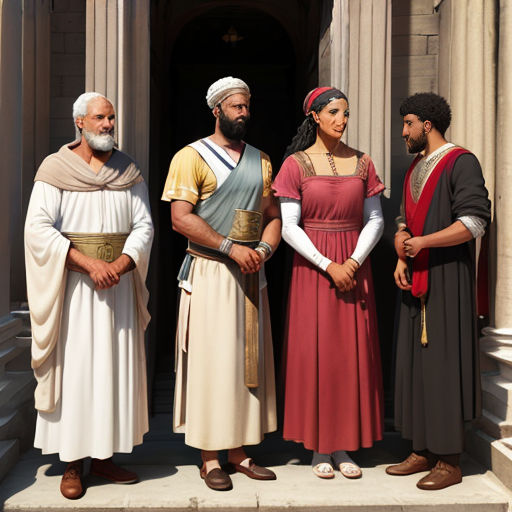
Another important aspect of Roman history was its social structure. Slavery played a significant role in Roman society. Slaves were captured from conquered territories and served as laborers, household servants, or even gladiators. However, there were also instances where slaves were able to gain their freedom and become citizens. The social classes were defined by birth, wealth, and occupation. The Roman society was highly hierarchical.
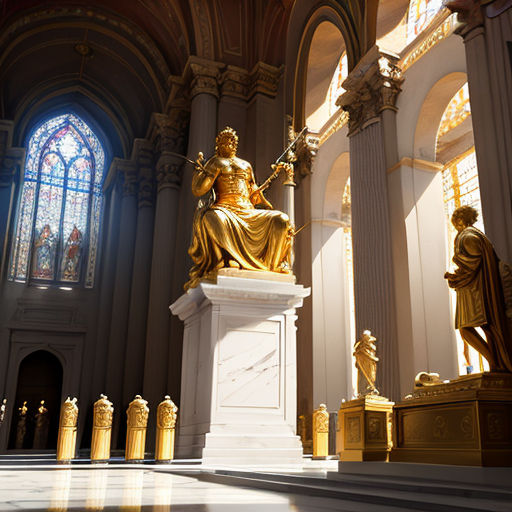
Religion was also an integral part of ancient Rome. The Romans believed in a pantheon of gods and goddesses. Jupiter, the king of gods, was the most important deity. The Romans worshipped their gods through sacrifices and rituals. The emperor was considered the high priest and protector of the state religion. However, as the empire expanded, it adopted and embraced other religions, such as Christianity, which eventually became the dominant religion of the Roman Empire.
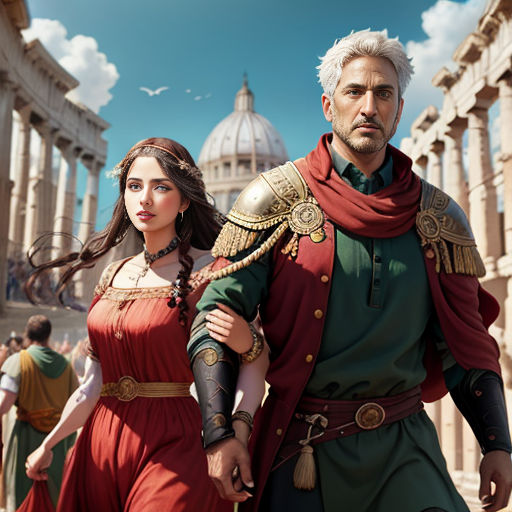
In conclusion, the story of ancient Rome is a tale of power, conquests, social struggles, and political changes. From its humble beginnings as a monarchy, Rome evolved into a republic and then an empire. The Romans faced conflicts, both internal and external, which shaped their history. The rise and fall of Rome left a lasting impact on Western civilization and its legacy can still be seen today.